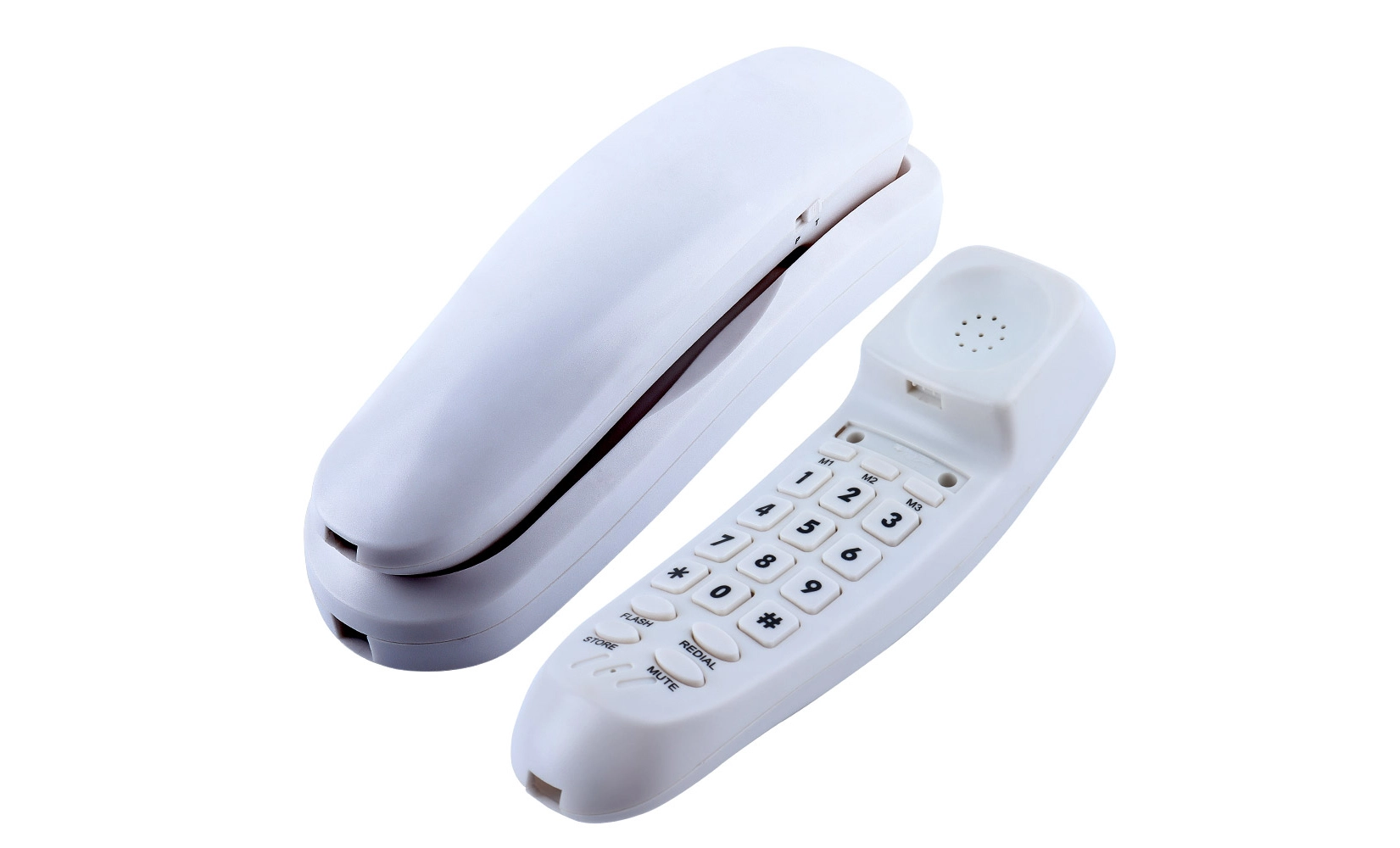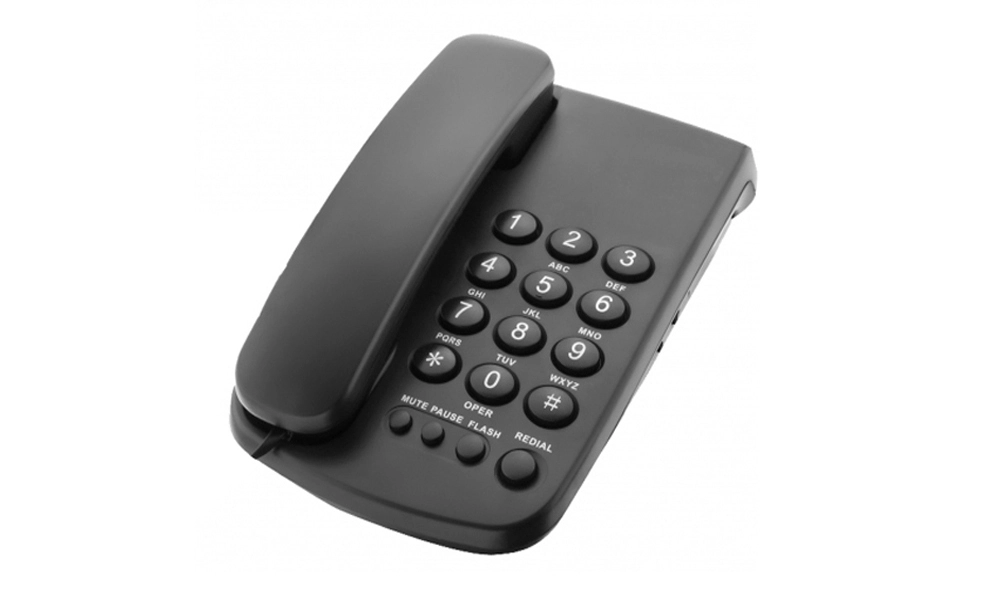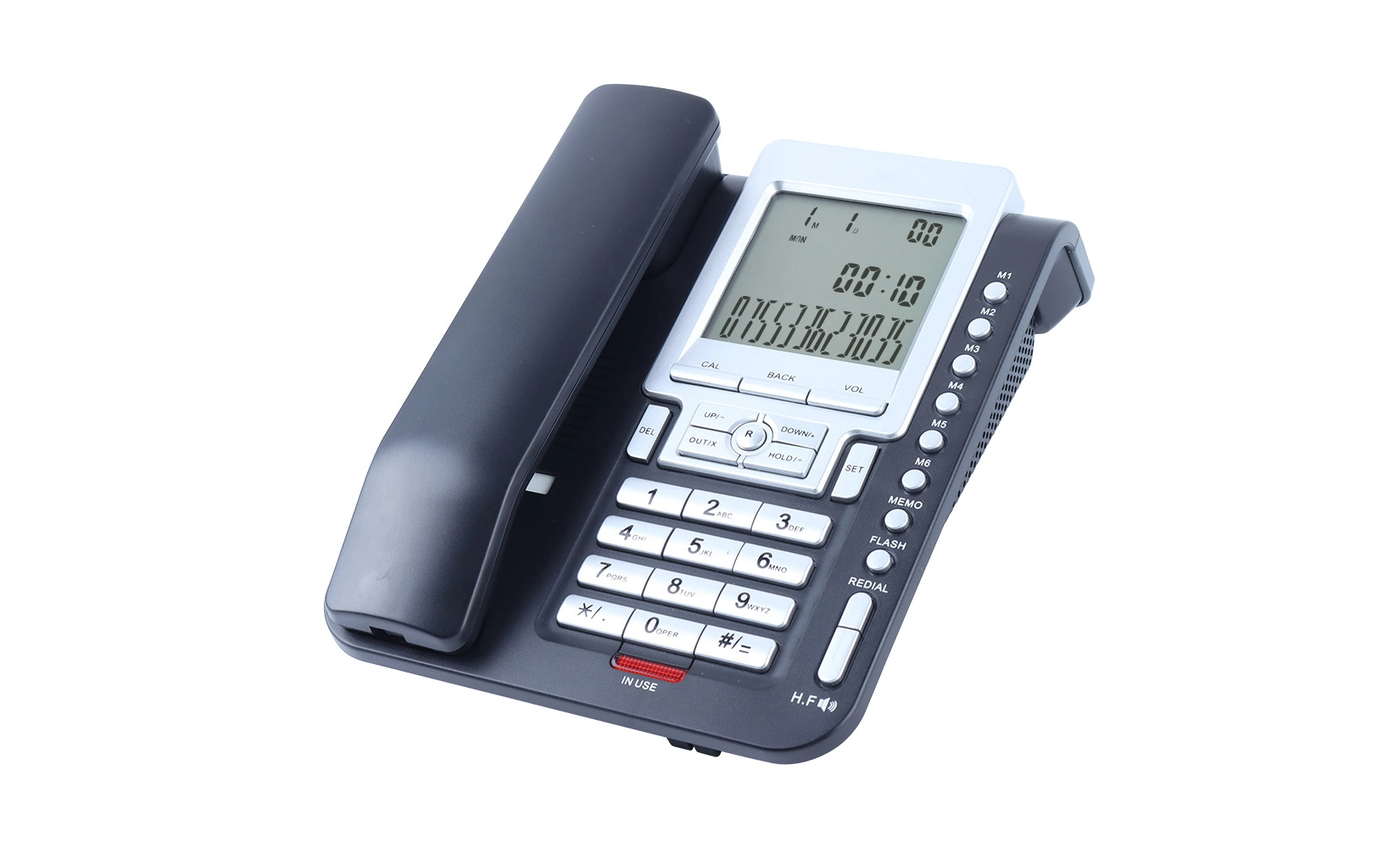Durability and Hygiene: Essential Features for Hospital Wall Phones
In healthcare environments, wall phones must be built to last and designed with hygiene in mind. Hospital-grade wall phones should feature robust construction to withstand constant use and potential impacts. Materials like high-impact plastic or metal casings provide the necessary durability.
Equally important is the phone's ability to be easily sanitized. Smooth surfaces without crevices or seams help prevent the accumulation of bacteria and make cleaning more effective. Some advanced models even incorporate antimicrobial coatings to further reduce the risk of pathogen transmission.
Water and Chemical Resistance
Hospital wall phones are subjected to constant use and must endure frequent cleaning with strong disinfectants to maintain hygiene standards. It is crucial to select models with appropriate IP ratings that indicate resistance to water, dust, and other contaminants. Such ratings ensure that the internal components of the phone remain protected against moisture, cleaning chemicals, and accidental spills. By choosing phones with high durability standards, hospitals can maintain reliable communication devices over extended periods. This minimizes downtime, reduces maintenance costs, and ensures that staff always have access to functional, sanitized phones critical for patient care and emergency situations.
Sealed Keypad Design
A sealed keypad is an essential feature for hospital wall phones, preventing liquids, dust, and other particles from entering the device's internal circuitry. This design not only extends the lifespan of the phone but also makes the cleaning process faster and more efficient. Healthcare staff can quickly wipe down the surface between uses without worrying about damaging sensitive components, ensuring that hygiene protocols are consistently met. In addition, sealed keypads reduce the risk of malfunction caused by accidental spills or contamination, making them a practical investment for high-traffic hospital areas such as patient rooms, emergency departments, and nurses’ stations.
Audio Quality and Communication Features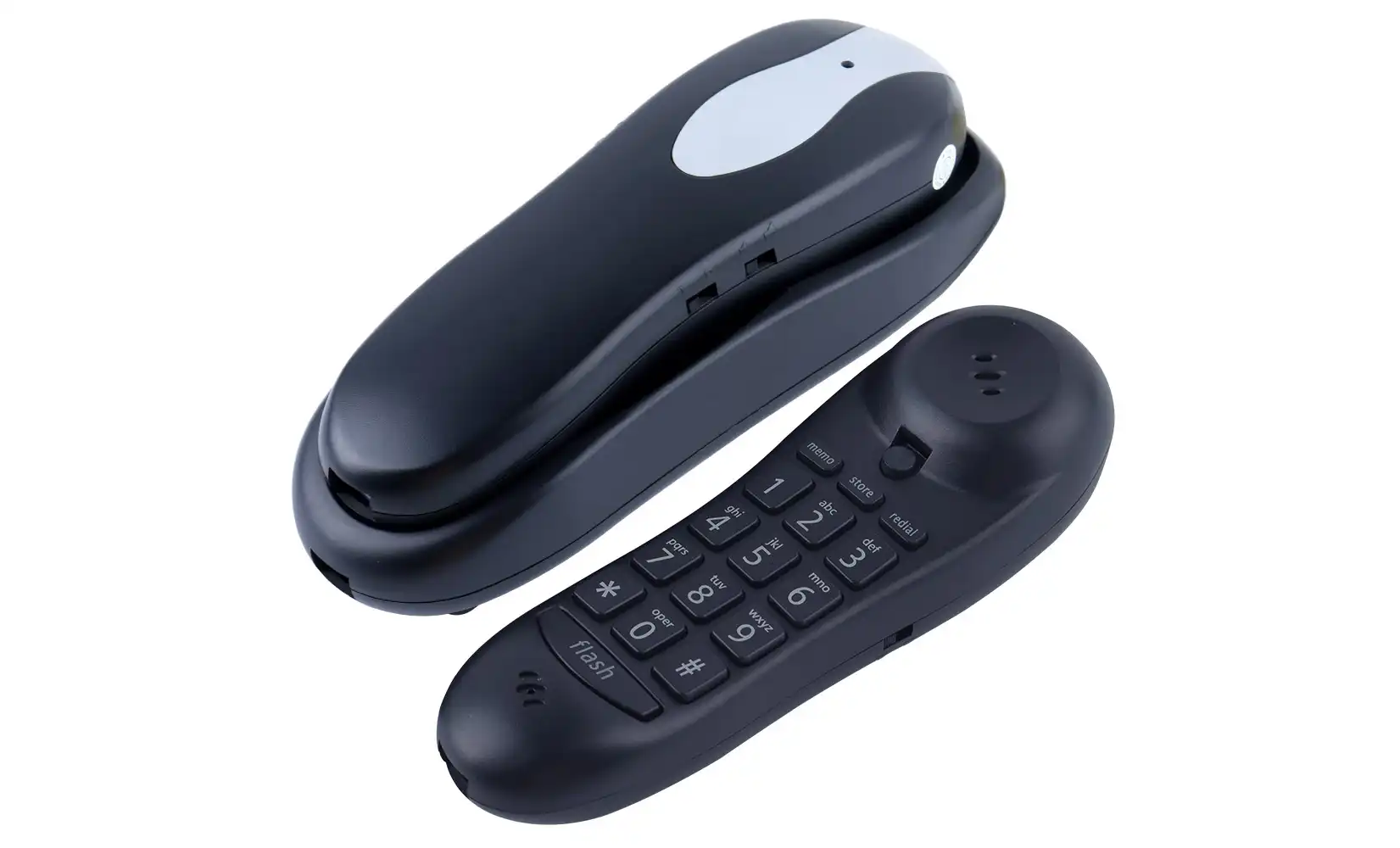
Clear, reliable communication is paramount in hospital settings. Wall phones must deliver exceptional audio quality to ensure accurate information exchange between staff, patients, and visitors.
Noise Cancellation Technology
Hospitals are often busy and noisy environments, with constant activity from staff, patients, and visitors. Wall phones equipped with advanced noise cancellation technology help filter out background noise, allowing staff to focus on conversations without distraction. This ensures that critical information is conveyed accurately, even in high-traffic areas such as emergency rooms, waiting areas, or intensive care units.
Effective noise reduction improves communication efficiency, reduces errors, and decreases stress levels for staff who must multitask while managing urgent situations. Ultimately, noise-canceling features contribute to a safer and more professional hospital environment, ensuring that messages are always heard clearly.
Adjustable Volume Controls
Different areas of a hospital may have varying ambient noise levels, from quiet patient rooms to bustling operating theaters. Wall phones with adjustable volume controls allow staff to tailor the audio output to match specific environments. This adaptability ensures that conversations remain clear and intelligible without causing unnecessary disruption or straining the listener's hearing.
Volume adjustments can accommodate staff preferences, patient needs, and departmental requirements, making communication more effective across the facility. By providing customizable sound levels, hospitals can improve the overall usability of their communication systems while supporting staff efficiency, patient comfort, and accurate information exchange across all departments.
Speakerphone Functionality
Hands-free speakerphone functionality is a highly valuable feature for hospital wall phones, enabling staff to communicate while performing other critical tasks. This feature allows healthcare professionals to access patient records, monitor vital signs, or manage medical equipment while maintaining clear, uninterrupted conversations. Speakerphones enhance multitasking capabilities, which is essential in fast-paced hospital environments.
They also improve safety by allowing staff to keep their hands free for patient care and other operational responsibilities. By incorporating hands-free communication, hospitals can boost workflow efficiency, minimize the risk of errors, and provide staff with more flexibility when managing simultaneous tasks, ultimately improving overall patient care.
 Emergency Features and Integration Capabilities
Emergency Features and Integration Capabilities
Hospital wall phones play a crucial role in emergency response and must seamlessly integrate with existing communication systems.
One-Touch Emergency Dialing
Quick access to emergency services is crucial in hospital environments, where every second can impact patient outcomes. Wall phones with programmable one-touch buttons allow staff to immediately connect with security personnel, emergency response teams, or external first responders. This reduces response times and ensures that urgent situations are addressed without delay.
In addition, one-touch emergency dialing simplifies communication during high-stress scenarios, eliminating the need to remember complex phone numbers or extensions. By providing staff with reliable, instantaneous access to emergency contacts, hospitals can enhance safety protocols, streamline crisis management, and improve overall patient care in critical situations throughout the facility.
Integration with Nurse Call Systems
Integration with nurse call systems allows hospital wall phones to become a central component of patient care communication. Staff can quickly respond to patient requests, coordinate care, and monitor critical alerts efficiently. Seamless integration ensures that messages are delivered promptly and accurately, reducing delays in service and enhancing overall patient satisfaction.
By connecting wall phones to existing nurse call infrastructure, hospitals can optimize workflow, reduce response times, and improve coordination between different departments. This integration also supports better documentation of calls and responses, contributing to a safer, more organized, and patient-focused healthcare environment while maximizing staff productivity and effectiveness.
Compatibility with Hospital PBX Systems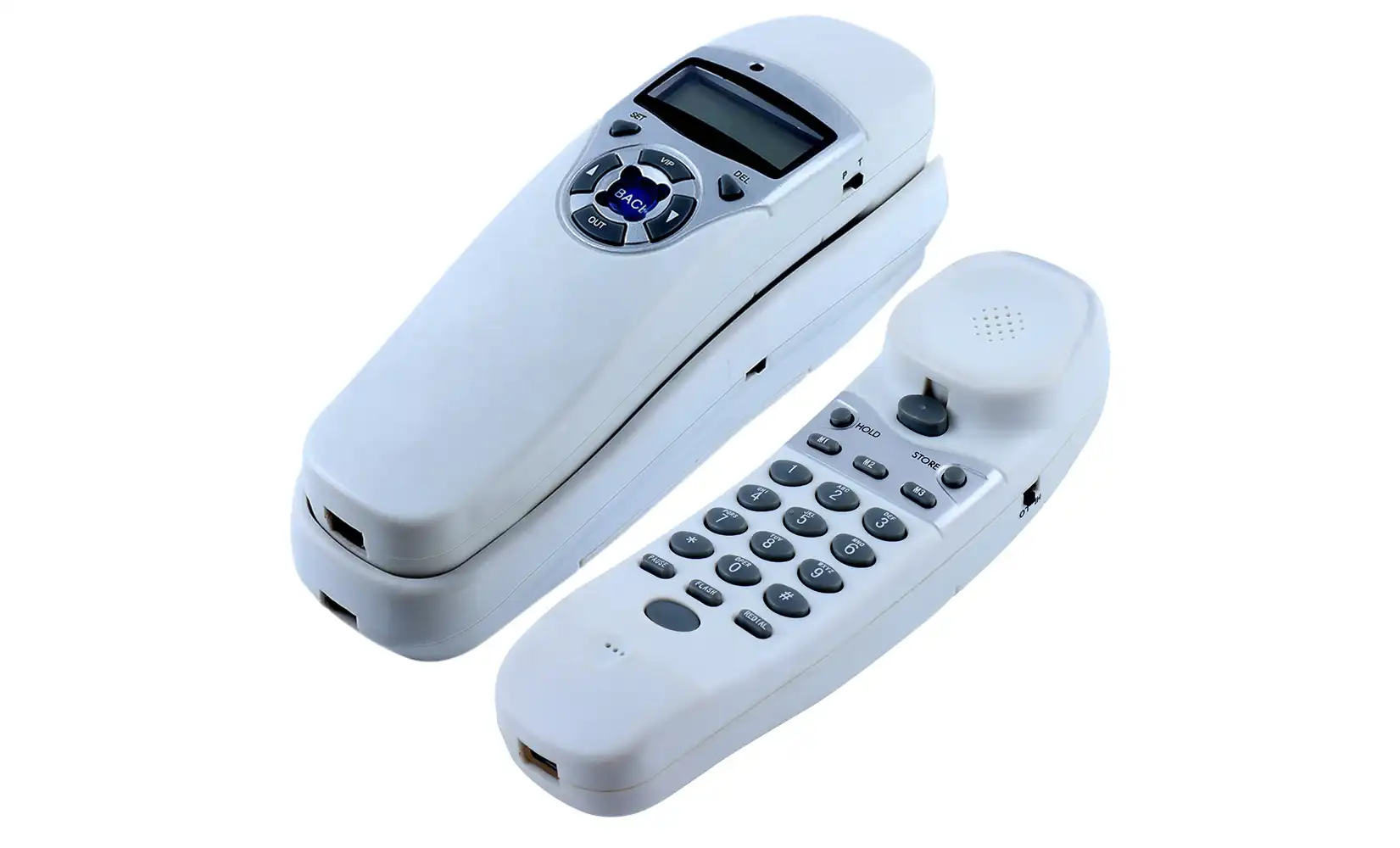
Ensuring that wall phones are compatible with a hospital's existing Private Branch Exchange (PBX) system is essential for efficient internal communication. Compatibility guarantees seamless call routing, easy extension management, and integration with other telecommunication features, such as voicemail and conferencing. Hospitals can maintain centralized control over communication channels, improving coordination between departments and reducing the risk of missed calls or miscommunication.
Phones that are PBX-compatible also simplify installation and maintenance processes, allowing IT staff to manage systems more effectively. By choosing compatible devices, hospitals can ensure reliable, uninterrupted communication, which is critical for operational efficiency, staff collaboration, and overall patient safety.
Conclusion
Selecting the right wall phones for hospitals requires careful consideration of durability, hygiene, audio quality, and emergency features. By prioritizing these key criteria, healthcare facilities can ensure effective communication that supports patient care and staff efficiency. CHEETA's expertise in manufacturing reliable communication devices makes us an ideal partner for hospitals seeking high-quality wall phone solutions.
FAQ
What makes hospital wall phones different from regular phones?
Hospital wall phones are designed with enhanced durability, easy-to-clean surfaces, and features specific to healthcare settings like emergency dialing and integration with nurse call systems.
How often should hospital wall phones be cleaned?
Hospital wall phones should be cleaned regularly, typically daily or between patient uses, following the facility's infection control protocols.
Can hospital wall phones be customized?
Yes, many manufacturers offer customization options. CHEETA provides full OEM/ODM customization to meet specific hospital requirements.
Innovative Hospital Communication Solutions | CHEETA
At CHEETA, we leverage our 18+ years of expertise in telephone manufacturing to deliver cutting-edge wall phone solutions for hospitals. Our state-of-the-art 1,200㎡ factory, staffed by skilled workers and engineers, ensures high-quality production and rapid customization. We rigorously adhere to CE, RoHS, FCC, and UN38.3 standards, guaranteeing reliable and compliant products. For tailored hospital communication solutions, reach out to us at allen@cheeta.com.cn and experience the CHEETA difference in healthcare telecommunications.

References
1. Smith, J. (2022). "Advancements in Hospital Communication Systems". Journal of Healthcare Technology, 15(3), 78-92.
2. Johnson, A. et al. (2021). "Infection Control in Healthcare Settings: The Role of Communication Devices". American Journal of Infection Control, 49(6), 721-728.
3. Brown, M. (2023). "Selecting Wall Phones for Modern Hospitals: A Comprehensive Guide". Healthcare Facilities Today, 7(2), 112-125.
4. Lee, S. and Park, H. (2022). "The Impact of Effective Communication Systems on Patient Outcomes". International Journal of Nursing Studies, 126, 104-115.
5. Thompson, R. (2023). "Technological Advancements in Hospital Wall Phones: A Review". Health Tech Review, 18(4), 301-315.
 When selecting
When selecting 

